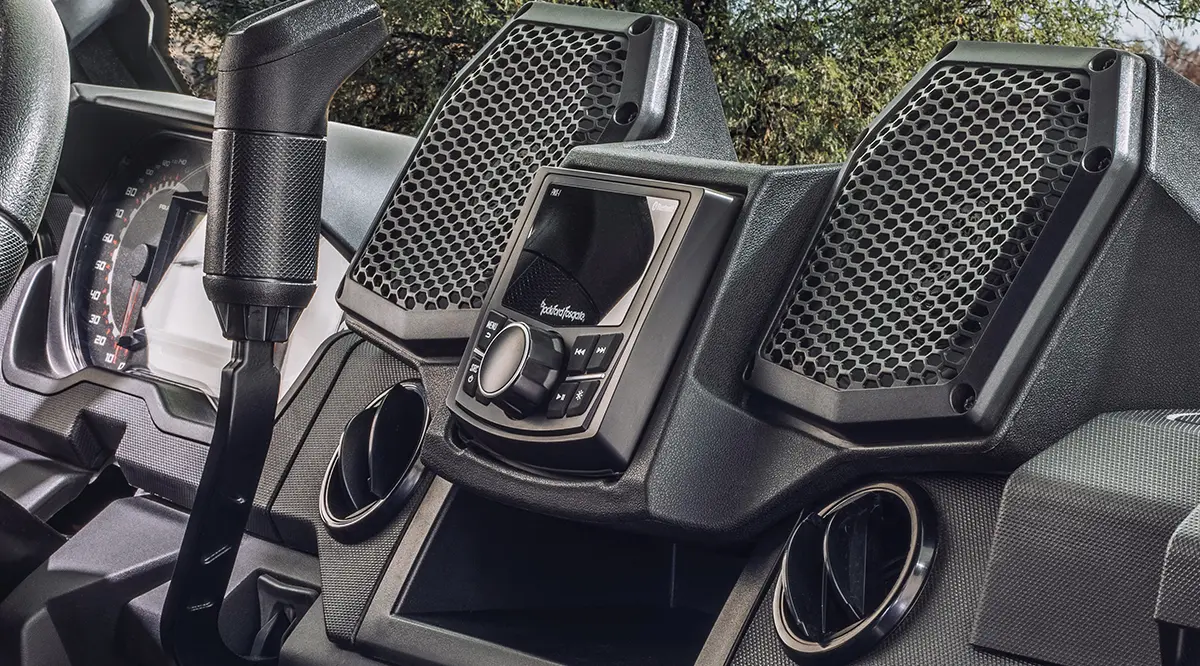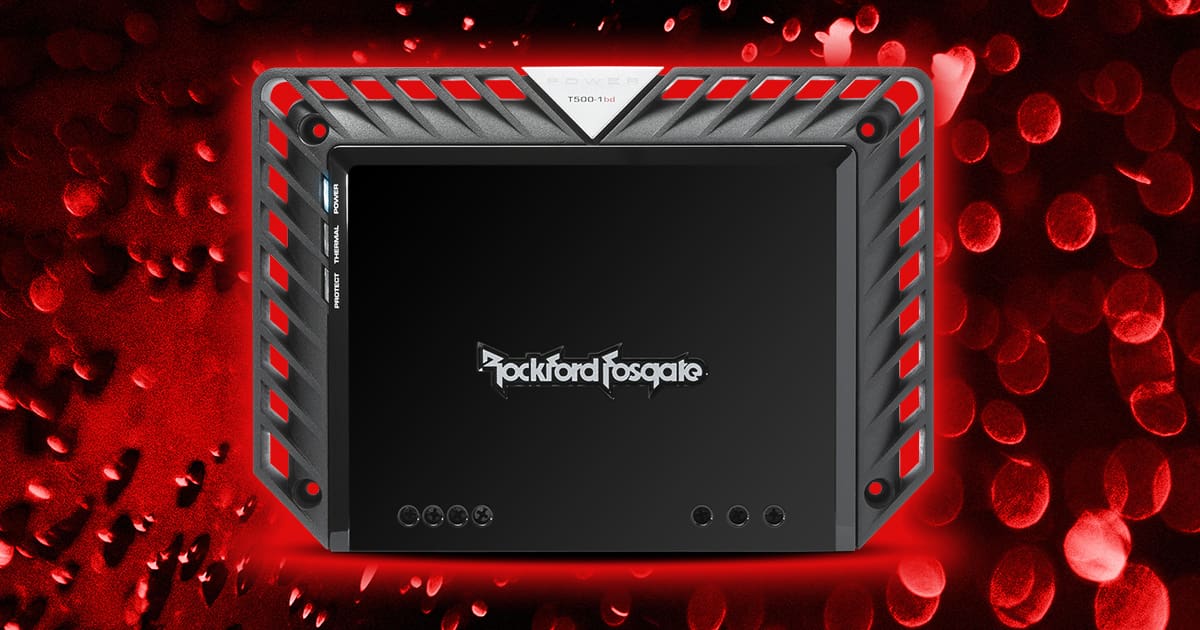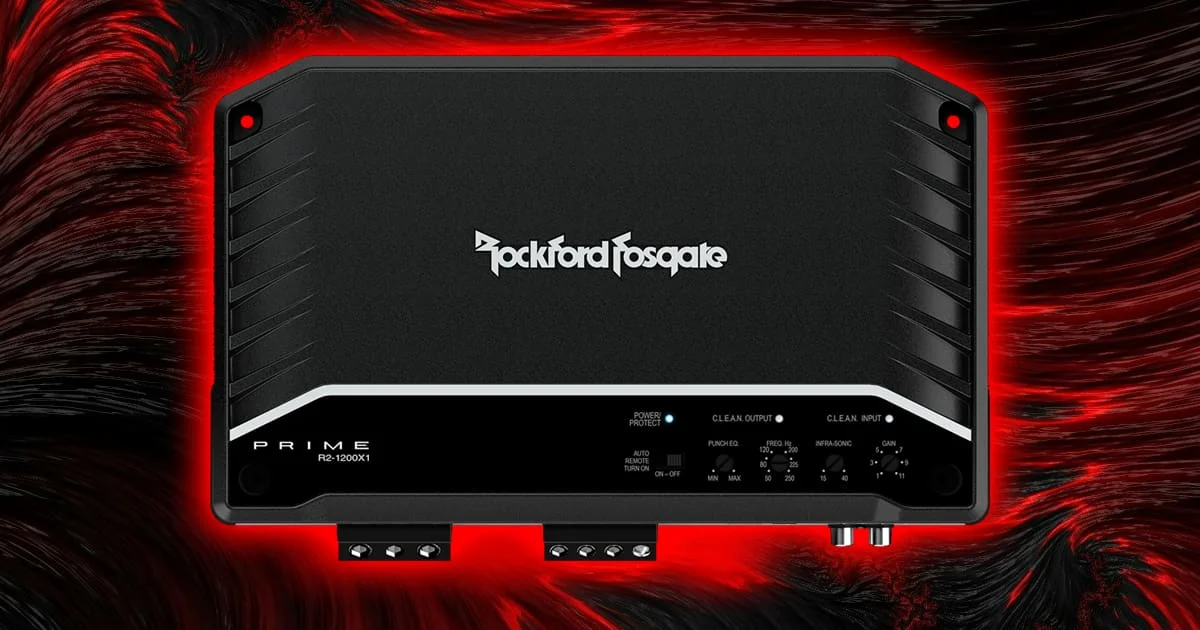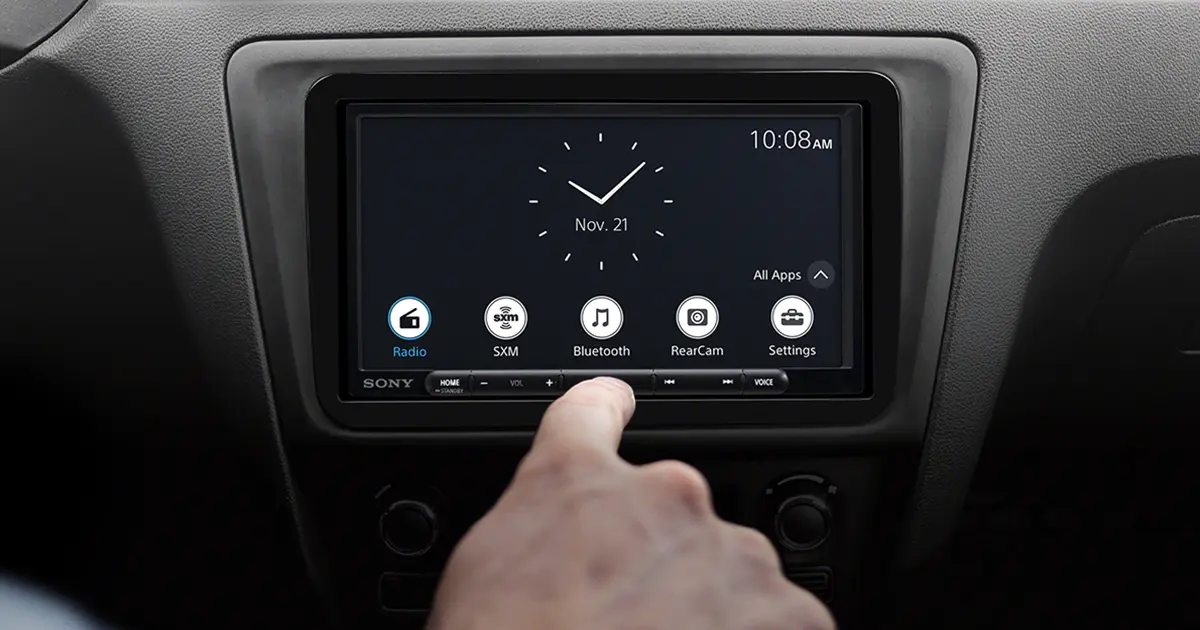
by Support Tech | Sep 23, 2024 | ARTICLES, Marine Audio, PRODUCTS, RESOURCE LIBRARY
As much fun as it is to check out top-of-the-line products, sometimes the right solution is surprisingly affordable. The marine and powersport audio experts at Rockford Fosgate offer a full line of digital media receivers. In fact, there are five stand-alone units,...

by Support Tech | Sep 9, 2024 | RESOURCE LIBRARY, ARTICLES, Backup Safety, Driver Safety, PRODUCTS
It’s no exaggeration to say there are hundreds of dash cams on the market. Many are budget models plagued by low-resolution sensors, excessive image compression, and contrast issues. Others offer upgraded optics but still lack state-of-the-art convenience features....

by Support Tech | Sep 2, 2024 | RESOURCE LIBRARY, ARTICLES, Car Audio, PRODUCTS
In January of 2024, we had the privilege of reviewing the Rockford Fosgate T500-1bdCP amplifier. Based on our experiences with amplifiers from the company, it was no surprise that the amp sounded amazing, was impressively efficient, and exceeded all of its power...

by Support Tech | Aug 2, 2024 | RESOURCE LIBRARY, ARTICLES, PRODUCTS
If you’ve been in the market for a new car, truck or SUV recently, you’ve likely encountered the convenience of smartphone control options. These features allow you to perform tasks like locking the doors or starting the vehicle remotely from your...

by Support Tech | Jul 30, 2024 | RESOURCE LIBRARY, ARTICLES, PRODUCTS
In late October 2023, we had the opportunity to give the Rockford Fosgate R2-1200X1 subwoofer amplifier a thorough Test Drive Review (https://www.bestcaraudio.com/test-drive-review-rockford-fosgate-r2-1200×1/). We were very impressed that this entry-level amp had...

by Support Tech | May 27, 2024 | ARTICLES, Car Audio, PRODUCTS, RESOURCE LIBRARY
Car audio source unit manufacturers are constantly developing new products to fill the gaps between entry-level and flagship models. Sony recently released a new 2-DIN digital multimedia receiver called the XAV-AX3700, which slides into the mix just below the...







